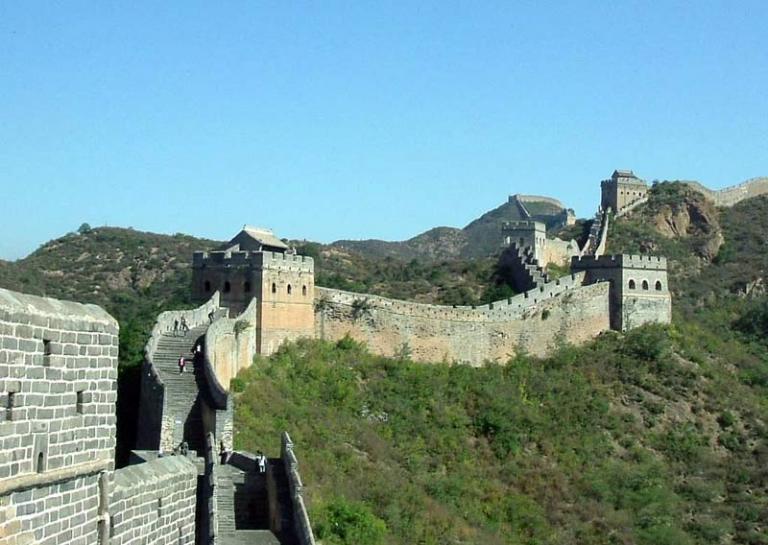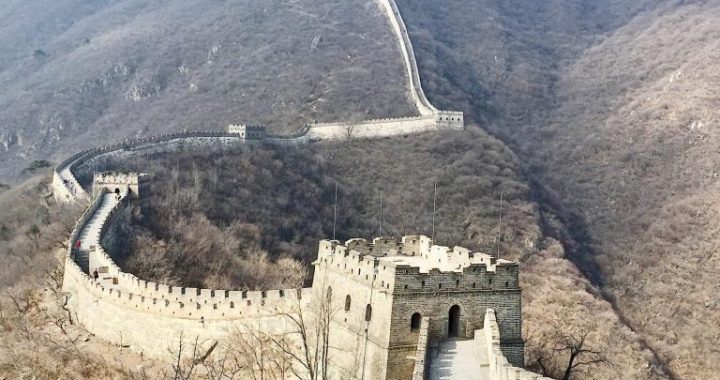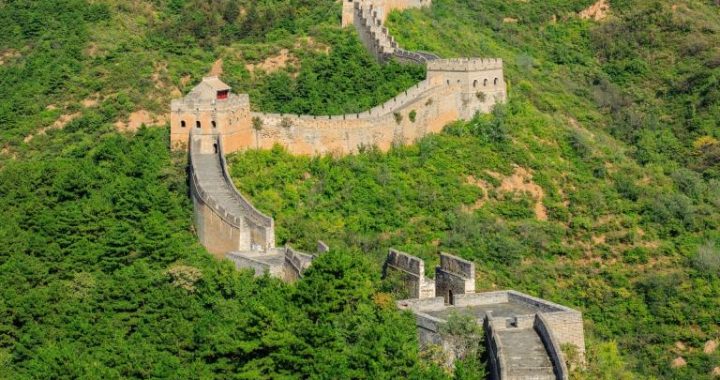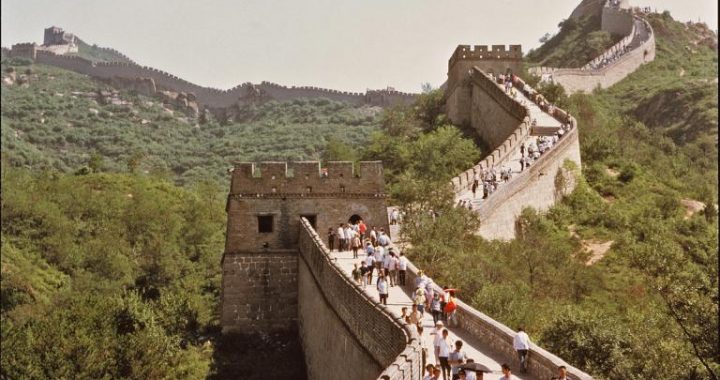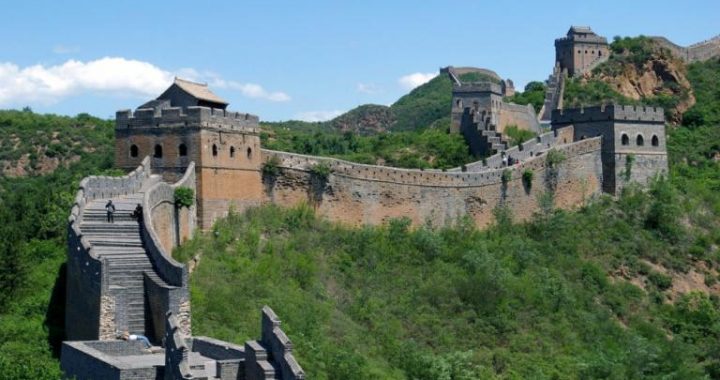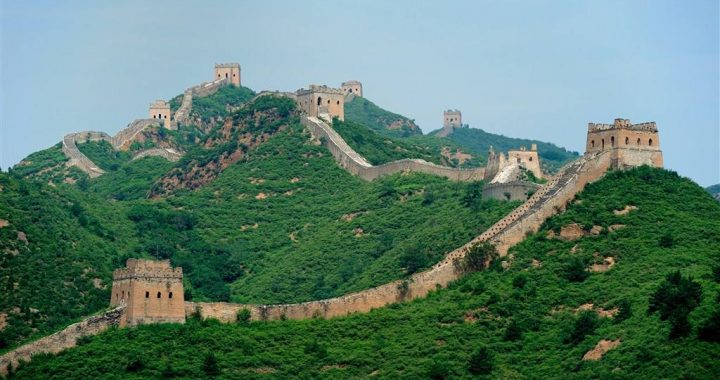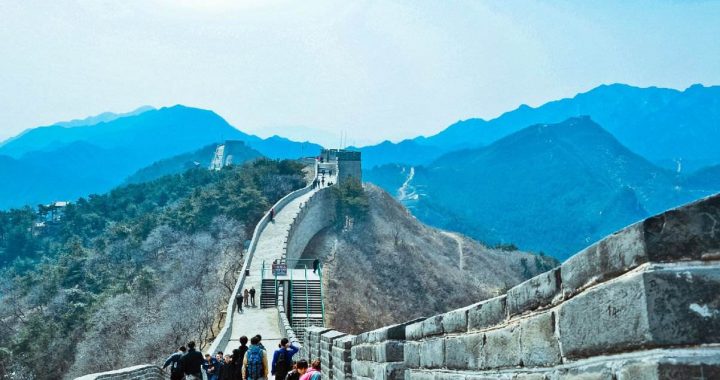The Museum of the Great Wall Simatai Section
3 min readThe Simatai section of the Great Wall is situated at Gubeikou,120 kilometers northeast of urban Beijing.First built in 1368,the first year during the reign of Emperor Hongwu of the Ming dynasty(1368-1644),it is among the best-preserved sections of the Great Wall of the Ming dynasty.A fantastic section characterized by delicate and unique design and diversified structures,it incorporates a variety of styles of other parts of the Great Wall and is thus reputed as the “Museum of the Great Wall”.
Zigzagging along steep mountain ranges, this section of the Great Wall features an unmatched peril, which is reflected by the names of its two parts-the Heavenly Stairway and the Heavenly Bridge. The Heavenly Stairway, in fact, is a narrow section with a single wall, whose narrowest part is less than half a meter. The section mounts like a stairway along the mountainside. On the both sides are steep and hazardous cliffs, and one would hold breath if he looked down. The Heavenly Bridge,100 meters in length and some 40 centimeters in width, is situated on the top of the Heavenly Stairway. Cliffs on both sides of the Heavenly Bridge appears to be even more breathtaking.”It is hard to climb onto the Heavenly Bridge-even harder than mounting onto the sky”, said the visitors. This part is among the most dangerous but extremely exciting sections of the Great Wall built during the Ming dynasty(1368-1644).
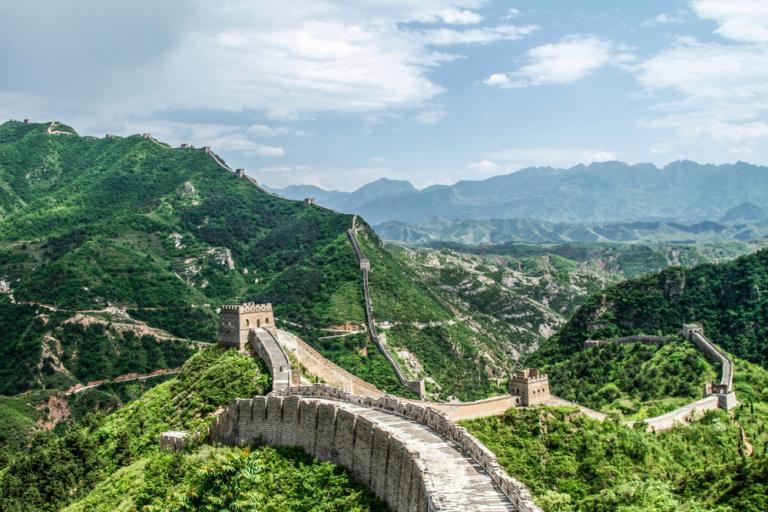
The walls and watchtowers of the Simatai section of the Great Wall exhibit a unique design and varied architectural styles.One characteristic of this section is its densely-dispersed watchtowers,totally with 35 watchtowerson the wall of 5.4 kilometers.The nearest distance of two watchtowers is 43.8 meters and the farthest distance 600 meters,while usually the nearest distance between two watchtowers is 100 to 200 meters in other parts of the Great Wall.In fact,according to routines of the walls built during the Ming dynasty(1368-1644),the interval between every two watchtowers should be 500 meters.However,the Simatai section is an exception.In the terms of appearance,some watchtowers there have only a single window,and others have two,three,four or five windows;some are one-story structures,and there are also interconnected two-or three-story watchtowers.Various in size and appearance,they were constructed in light of the rank and amount of stationed troops,as well as geographical conditions.In terms of the interior structures,some watchtowers are built with bricks,and others are brick-and-wooden structures or brick-and-stone structures.
The watchtowers accommodate one or more chambers and the patterns of the rooms are like Chinese characters of “tian”and“jing”.Their roofs are different in design,such as plain roofs,hollow roofs,octagonal painted roofs and reversed-container-shaped roofs.Their gates and windows are also delicately designed,among which include side gates,central gates,brick arches,stone arches and even carved granite gates featuring superb craftsmanship.All of these make Simatai a unique section of the Great Wall,thus attracting numerous tourists.
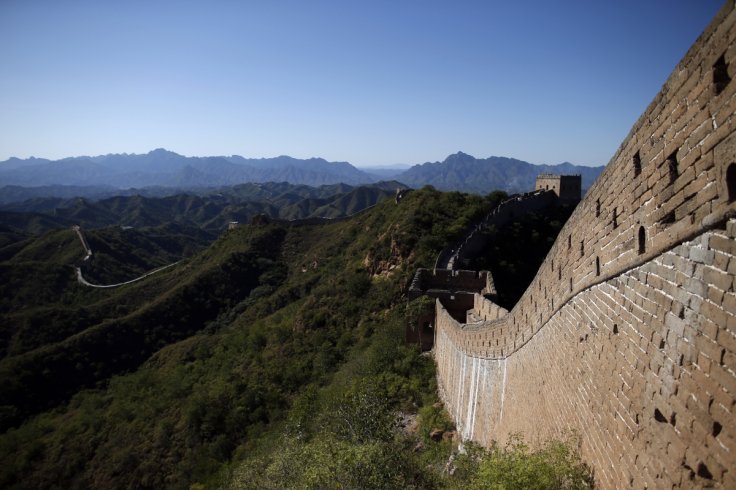
The Simatai section is mainly noted for its magnificent but perilous topography, meanwhile, the Mandarin Duck Lake at the foot of the Great Wall gives this section spirit. The reflections of boat sails on crystal-clear water add a serene and tranquil touch. The lake is where a hot spring and a cold spring meet, so half of its water is warm and the other half is cold. The water never gets frozen there. In scorching summer, boating on the lake is an ideal way to escape from summer heat and get refreshed.
Besides picturesque landscapes, this section of the Great Wall is also a treasure of historical and cultural heritages. In recent years, many historical relics have been unearthed there, including the iron cannons, stone cannons, iron arrowheads, iron guns, grenades, tri-tube guns, iron bullets and powder scoops used by the troops stationed there, as well as such living appliances and tools as hoes, shovels, kitchen knives and iron lamp bowls. These relics are valuable materials to research the Ming Great Wall and the history of the dynasty.
“The Great Wall is unmatched around the world””, said Luo Zhewen,a renowned specialist in research of the Great Wall.”And the Simatai section is unmatched among all sections of the Great Wall.”
